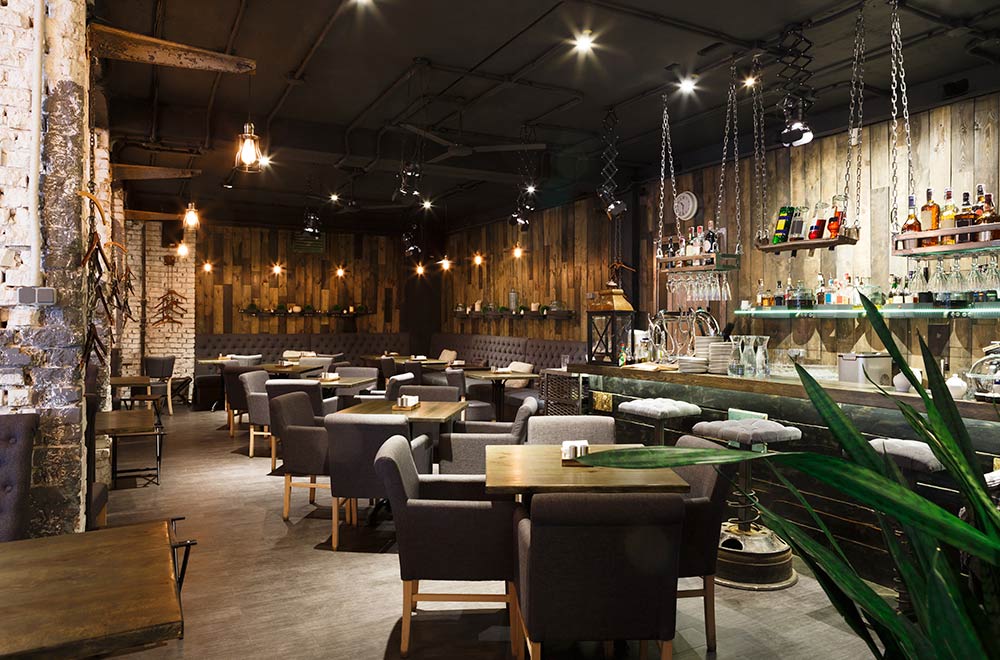Experience the Combination of Societies in Our Pan-Asian Restaurant's Oriental Cuisine Offerings
Each recipe on our menu is a carefully crafted story, attracting on the abundant heritage of Chinese, Japanese, Thai, Korean, and Vietnamese cuisines. As you check out the details of our offerings, you'll encounter a harmony of tastes that shows the dynamic diversity of these cultures.
Checking Out Chinese Cooking Traditions
Chinese culinary practices boast an abundant tapestry of tastes and techniques that mirror the country's substantial geographic and cultural variety. From the intense spices of Sichuan cuisine to the delicate dark sum of Cantonese price, each area offers an one-of-a-kind culinary identification that has actually been honed over centuries. The viewpoint of balancing flavors-- pleasant, sour, bitter, spicy, and salty-- exists at the heart of Chinese food preparation, creating recipes that are not only delicious but also harmonious.
Secret ingredients such as soy sauce, ginger, sesame, and garlic oil create the backbone of several typical recipes, adding to the fragrant and distinct accounts that define Chinese food. Methods like stir-frying, steaming, and braising show the ability and artistry associated with Chinese cooking, each technique improving the all-natural flavors of the ingredients.
Regional specializeds, such as Peking duck from Beijing, the refined, savory flavors of Shanghai's soup dumplings, and the vibrant, intense heat of Sichuan warm pot, provide an understanding right into the culinary heritage of China. In a Pan-Asian restaurant setting, these conventional recipes can be adjusted to include numerous influences, using customers a nuanced exploration of Chinese cooking creativity.
Savoring Japanese Delicacies

Start your culinary journey with sashimi, where the quality of the fish takes center stage, sliced up expertly to boost its natural taste. Our sushi uses a harmonious blend of vinegared rice and fresh fish and shellfish, a tribute to the subtlety of Japanese gastronomy. For a warm, reassuring experience, attempt our miso soup, a staple that personifies the umami-rich account of fermented soybeans.

Finding Thai Taste Profiles
As we relocate from the refined elegance of Japanese food, the strong and vivid tastes of Thai food preparation invite expedition. Thai cuisine is renowned for its harmonious balance of sweet, sour, salty, and hot components, producing a symphony of tastes that astound the palate. Secret active ingredients like lemongrass, kaffir lime leaves, galangal, and Thai this basil impart fragrant intricacy, while fish sauce and shrimp paste give deepness and umami.
One can not discuss Thai taste profiles without stating the iconic meals that exhibit its culinary approach. The well known Tom Yum soup, with its fragrant broth, integrates spicy, sour, and mouthwatering notes, providing a taste experience that is both invigorating and comforting. asian restaurant isb. Similarly, Green Curry, recognized for its abundant coconut milk base, showcases the delicate interaction between sweet taste and spiciness, improved by fresh herbs and flavors
Thai cuisine likewise places a strong emphasis on texture, blending crunchy vegetables with tender meats or fish and shellfish, as seen in dishes like Som Tum (green papaya salad) This equilibrium of appearances adds an additional layer of satisfaction to the already intricate taste profiles. With these distinctive components, Thai food offers a dynamic and remarkable cooking trip.
Taking Pleasure In Oriental Seasoning and Heat
Oriental food, with its focus on bold spices and fiery warm, uses a special exploration of flavors distinct from its Asian equivalents. At the heart of this culinary experience is gochujang, a fermented red chili paste that gives a structure of wonderful warm and depth. best asian restaurant Islamabad. This functional active ingredient is essential in dishes such as bibimbap and bulgogi, infusing them with its characteristic spicy-sweet account
One more foundation of Oriental spice is kimchi, a fermented veggie recipe most commonly made from napa cabbage and seasoned with chili pepper, ginger, and garlic. Kimchi not only adds a piquant kick to any dish but likewise uses probiotic advantages, making it a staple in Oriental eating.
Additionally, Korean barbecue highlights the interplay of spice and warmth via marinades that typically include gochugaru, a coarse chili powder. This improves the tastes of barbequed meats, developing a nuanced and rich taste experience.
Our Pan-Asian restaurant happily welcomes these components, offering diners an authentic taste of Oriental warm and seasoning. Each dish is crafted to ensure that the dynamic tastes and textures of Korean food beam through, supplying a memorable eating experience.
Sampling Vietnamese Quality
Vietnamese cuisine is renowned for its exceptional freshness and dynamic, floral tastes, developing a distinctive cooking identity within Asia. This consistency is obvious in recipes like pho, a great smelling noodle soup that integrates fragrant herbs such as cilantro and basil with the rich depth of a beef or poultry broth.
Quality is further exhibited in the legendary summertime rolls, called gỏi cuốn. These transparent rice paper rolls are filled up with crisp vegetables, fresh herbs, and tender shrimp or pork, accompanied by a tasty peanut dipping sauce. The fragile yet robust tastes underscore the value Vietnamese cuisine position on fresh components.
Our Pan-Asian restaurant commemorates this cooking tradition by sourcing the finest ingredients to recreate genuine Vietnamese recipes. The emphasis on natural herbs and fresh produce guarantees that each dish is not only visually attractive yet additionally a testament to the dynamic culture where it comes from. Experience Vietnamese quality with us, where every bite narrates of custom and flavor.
Conclusion
The Pan-Asian restaurant uses an unique culinary experience by sympathetically mixing the abundant customs of Chinese, Japanese, Thai, Korean, and Vietnamese cuisines. Each dish is thoroughly crafted to highlight the distinct methods and genuine active ingredients of these diverse societies, developing a natural yet diverse gastronomic trip. With an emphasis on balance, freshness, and daring, the restaurant goes beyond social boundaries, offering diners with an exemplary fusion of tastes that celebrates the significance of Oriental culinary heritage.
While Japanese food is renowned for its simpleness YOURURL.com and beauty, it likewise offers a deepness of flavor achieved through careful preparation and a regard for seasonal active read the article ingredients.As we move from the refined sophistication of Japanese food, the bold and vivid tastes of Thai cooking invite exploration.One can not talk about Thai flavor accounts without pointing out the renowned dishes that exhibit its culinary philosophy.Korean food, with its focus on vibrant spices and intense heat, uses an unique expedition of tastes distinct from its Asian equivalents.Vietnamese food is renowned for its remarkable quality and vibrant, floral tastes, creating a distinctive culinary identity within Asia.